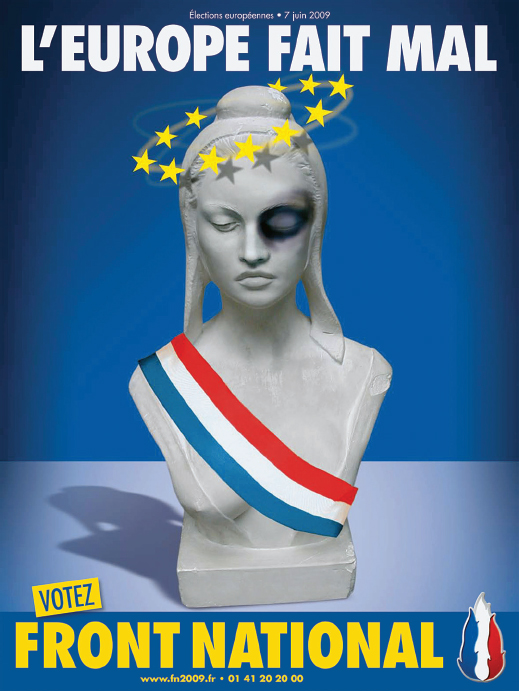Ethnic Diversity in Contemporary Europe
By 2010, immigration to Europe had profoundly changed the ethnic makeup of the continent. For centuries, the number of foreigners living in Europe had been relatively small. Now, permanently displaced ethnic groups, or diasporas, brought ethnic diversity to the continent.
| 1960 | 2006 | |
| Netherlands | 1.0 | 10.0 |
| Germany | 1.2 | 12.3 |
| France | 4.7 | 11.0 |
The new immigrants were divided into two main groups. A small percentage of them were highly trained specialists who could find work in the upper ranks of education, business, and high-
A variety of new cultural forms, ranging from sports and cuisine to music, the fine arts, and film, brought together native and foreign traditions and transformed European lifestyles. Food is a case in point. Recipes and cooks from former colonies in North Africa enlivened French cooking, while the döner kebab — the Turkish version of a gyro sandwich — became Germany’s “native” fast food. Indian restaurants proliferated across Britain, and controversy raged when the British foreign minister announced in 2001 that chicken tikka masala — a spicy Indian stew — was Great Britain’s new national dish.4
The multiculturalism and ethnic diversity associated with globalization have inspired numerous works in literature, film, and the fine arts. From rap to reggae, multiculturalism has also had a profound effect on popular music, a medium with a huge audience. Rai, which originated in the Bedouin culture of North Africa, exemplifies the new forms that emerged from cultural mixing. In the 1920s, rai traveled with Algerian immigrants to France. In its current form, it blends Arab and North African folk music, U.S. rap, and French and Spanish pop styles.
The growth of immigration and ethnic diversity created rich social and cultural interactions but also generated intense controversy and conflict in western Europe. The idea that cultural and ethnic diversity could be a force for vitality and creativity has run counter to deep-
Immigration is a highly charged political issue. By the 1990s in France, some 70 percent of the population believed that there were “too many Arabs,” and 30 percent supported right-

CONNECTIONS: According to the National Front, which issue facing Europe today is a key contributor to Lady Liberty’s distress? How effective do you think emotional appeals like this one are in garnering support for far-